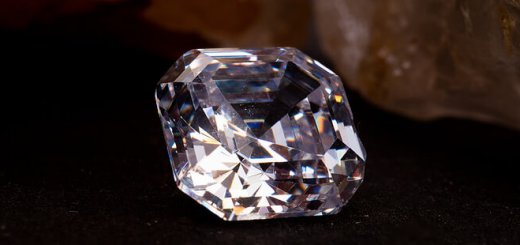Traditional Venetian plaster consists of certain materials which are applied in a specific way. The material which is being used is lime putty that contains aged slaked lime and marble flour. Premium lime is being aged in underground pits and you need to hydrate it thoroughly. There are an extensive range of Venetian plasters available in the markets in Australia, and you can choose the best one for your home improvement.
Just like faux painting, Venetian plastering offers the artist adequate creative scope. A skilled Venetian plaster designer can produce anything from a glossy, cold to the marble-like surface to a warm and antique-looking distressed effect. Yet a Venetian plaster wall is certainly more durable as compared to a painted surface and you do not need to spend any additional maintenance cost on them.
Unfortunately, the present scenario reveals that Venetian plaster being so popular that it attracts several painters who are ill-prepared to use the same. Adding this particular technique to your repertoire usually requires a significant commitment of money and time for training and practice. Before you choose a designer, you must check their experience level, certifications, previous works and customer reviews. Apart from that, you can also choose a customized design from their templates.
What Is Venetian Plaster?
The Egyptians, Romans and Greeks appreciated the immense beauty of polished lime plaster. Back in the 1500s, the builders in Venice, trying to make buildings as light as possible so they would not sink into the mud which is underlying beneath the city. They used to enhance lime plaster with marble dust to stimulate the look of the marble without the weight. The technique became known as Venetian plaster and was used in and around Europe till the 19th century.
During the 1950s & 60s, the popular Italian architect Carlo Scarpa made this technique popular again. He encouraged a cadre of artisans who revived and taught disused techniques to use the extensive range of Venetian plaster. Scarpa and his disciples also aggressively spread interest in Venetian plaster in North America and Europe.
The traditional Venetian plaster consists of several materials which are applied in a special way. The material which is being used is lime putty containing aged slaked lime and marble flour. Prior to the advent of plastics, Venetian plaster could be applied only over a plaster or masonry wall as the substrate had to be porous for the plaster to bond with the surface of the wall. The modern putties for Venetian plastering contain acrylics as well as other polymers which allow them to stick to primed drywall. In general, the higher is the acrylic content in the plaster, the easier the products go on & fewer the number of coats they require. The lower acrylic products end up producing the classic translucent effects of the medium & are applied in several layers.
The Technique
The essential tools necessarily required for applying the extensive range of Venetian plaster is a flexible stainless-steel spatula for applying the material, a rigid stainless-steel trowel for burnishing it and a stainless-steel hawk for carrying it. The tools should necessarily be of stainless steel as they do not mark the plaster. Towel edged must surely be free from dirt and nicks. In this regard, you must rely on a trained professional because you cannot achieve the desired results with your DIY tools.
The preparation of the surface is indeed the most crucial while applying the extensive range of Venetian plaster. People often assume that the multiple coats are for covering imperfections. But the fact is that the surface is burnished so hard that any irregularities like as primer drips or the trowel marks in the mud will be magnified in the finished surface.













